June: Writing the Romantic Comedy, podcast bonanza, & HEART CHECK updates!
including a romance writing deep-dive, a playlist, and some pinch-me moments
Happy end of June, friends (somehow?!) ☀️ I’m writing the first half of this newsletter in Mexico City, in the famous and fabulous Cafebrería, and the second half on a plane back to Los Angeles, and I’m feeling very grateful for the community, solidarity, and care I’ve found in both places amid all the horrors in the world right now. We’re hurtling onward as best we can, past the summer solstice and near the fulcrum of the calendar year, and here I am with my little love letters of joy and curiosity, as usual, so… let’s dive right in?
learning: WRITING THE ROMANTIC COMEDY edition!
As promised, the first of a few craft deep-dives this summer!
The generous and talented (& hot & cool & kind &&&) Clare Osongco put me on to a book called Writing the Romantic Comedy by Billy Mernit, which I haven’t seen enough people talking about. Romancing the Beat is probably the romance writing craft book I see folks recommending the most, and that’s justified—it packs so much into such a slim, efficient volume, and the beats it outlines are now deeply ingrained in my process. (I recommend it if you haven’t checked it out!)
Writing the Romantic Comedy is ostensibly about screenwriting—Mernit is a script consultant and story analyst (as well as a secret romance novel writer himself?? drop that pen name sir) and uses a bunch of classic romcoms as his source texts, from My Big Fat Greek Wedding to Pretty Woman to Hitch to Wall-E to It Happened One Night. (And yes, thinking about the differences in these films and the way the genre has evolved is a crucial and interesting part of the book!)
Maybe the screenwriters reading this are already well-aware of this book, but I think it’s valuable even for novelists like me and many of you reading. It’s best for romance writers, of course, but I think there’s lots to gain even if you only write romance subplots—and, to be honest, there are also lots of transferrable gems for any genre.
But if you’d rather have the Cliff Notes, that’s why I’m here—you know I tore the pages up with my highlighter and pen! Clare and I chatted a bit about the book while I was reading, and we found it interesting that we’d both gravitated toward different elements—and we’re sure we’ll get new things out of it the next time we flip through, too!
So, knowing that my interests speak to my current WIPs and my own stage of development as a writer, and that yours will surely differ if you pick it up (a sign of the richness of the text!), I offer some of my favorite bits…
Plot: romance plots can be structured as a sequence of meet-lose-get. This is the core arc to any romance, and the meet is, of course, crucial; that essential meet-cute, chaotic and improbable in some way, with at least one half of the couple totally uninterested in the relationship. But Mernit argues the “lose” ingredient is perhaps the most crucial—“the best romantic comedies blossom when they have an even stronger ‘lose’ embedded in their concept. What do the characters stand to lose in losing (or finding) each other? …This is what raising stakes is about: making that ‘lose’ as vital and extreme as it can be.” So well-put, and something I’ll be returning to whenever nailing down those elusive stakes for a story.
Character: consider purpose, credibility, empathy, and complexity when building a character. The full chapter expands on each of these pillars, but the complexity part really struck me. “Often character complexity is achieved by contradicting one method of presentation with another. ‘I hate him,’ your leading lady says, and we notice that she’s still absently fondling the bracelet he gave her.” My favorite characters always seem so real—and real people are contradictory! Our goal is to “create relatable humans who are distinctive enough to sustain our interest.” Those are always the books that continue living in my imagination long after I close the covers.
Chemistry: it’s all in the specifics of characterization. Mernit perfectly explains why love stories don’t work when based on physicality alone:
“So-called chemistry between romantic leads comes from delving deep into their characterizations and coming up with inner conflicts for each that in some way correspond.”
“The thing that enlivens [intimate encounters] is intimacy.” Not physical, but emotional—“when two lovers really expose who they are to each other.”
And in your intimate scenes: be real, be funny, and be consistent to the characters you’ve already developed! One of my writing groups has been talking about this a lot lately, thanks to the Turning to Story episode on writing intimacy, and it rings truer and truer the more I think about it. “Humans being human—this is what an alert romantic comedy writer tries to capture on the page.”
Credibility: realism is even more important in fantastical stories. “In a story that’s often close to a fairy tale, yet has to appear grounded in reality to win audience involvement, issues of logic and plausibility are particularly significant.” YES. Even the wildest stories and worlds need to be inherently consistent—as long as you define and follow your own world’s rules, you can make nearly anything work. Rom-coms are based on a certain suspension of disbelief, so grounding what you can is crucial for generating maximum reader buy-in.
Set pieces: where can you add moments that we’ll remember forever? I love this idea from the world of film/TV—apparently, any screenwriter pitching a comedy will be asked what the “set pieces,” or (my layperson’s translation) what the iconic, memorable sequences are. Luke’s charge through the Death Star’s trenches in Star Wars, Sally’s faux-orgasm in When Harry Met Sally, etc. It should emerge organically from the story’s trajectory, but then escalate from small and believable to absolutely ridiculous. Set pieces are moments where the promise of the premise pays off, where the reader gets that extremely satisfying (surprising but inevitable) release that they’ve been waiting for.
Theme: a story that’s consistent in its theme is a story that works. I have so much to say about this that it will definitely be another newsletter. Theme is one of my favorite things to think about while consuming any media, and Mernit puts words to many of my thoughts. A sampling:
The transformative power of love is always the theme. If you’re here, you probably know that. :) But Mernit uses this central concept to guide plotting through conflict, crisis, and resolution: “The most successful romantic comedies utilize this arc to investigate a specific thematic issue. Why has this one couple gone through these particular escalating conflicts to reach this unique moment of crisis? And what values or beliefs are being put to the test by love’s transformative powers?”
What do you have to say in this moment? Mernit provides a fairly lengthy history of the romcom movie, tracing it through different eras, explaining how climates in Hollywood and the world at large shifted the genre. Ultimately, he argues, this caused an expansion in the genre’s parameters in the latter half of the 2010s. “What we want from a romantic comedy today is somewhat different,” he writes. And an interview with Manohla Dargis that’s included partway through says, “I would also really like to see the relationship between men and women [swap genders as you like, dear reader] be more interesting, and catch up to the interesting times that we live in, you know?”
“The most effective midpoints, in addition to being functional, tend to be metaphorical; while clinching the central story conflict, they recapitulate the movie’s theme.” That’s it. I love midpoints (famously my favorite story beat), and Mernit nails why they’re SO satisfying.
The book also has some wonderful checklists: for stress-testing a story before beginning, for developing characters, for building a plot, for revising. Worth purchasing for those alone, I think!
Okay, thank you for making it through this ad for Mernit’s work (I swear I have never met this man and am receiving no kickbacks; though Billy, if you’re reading, I would love to take you for coffee). This is truly only scraping the surface of a really useful craft text, so if any of the above bullet points resonate, I highly suggest picking up the full book!
Did anything particularly pique your interest, inspire thoughts/reactions, or raise questions for you? As always, very eager to continue this conversation in the comments!
loving: podcast edition!
I’ll let this collage speak for itself—it’s been a June full of adventures with friends and family, long sunkissed days, and just as much releasing of any routine as building a new one. (Still clinging to the principles from my start-of-summer letter, routine or no routine!)

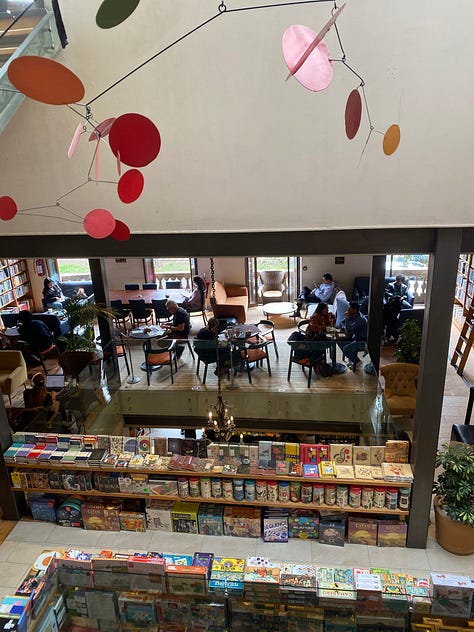


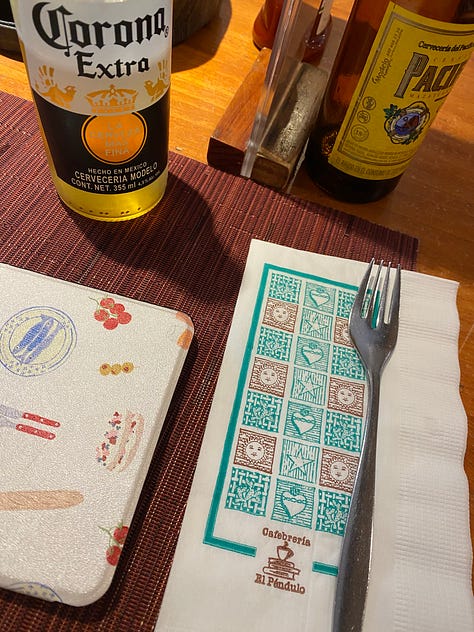
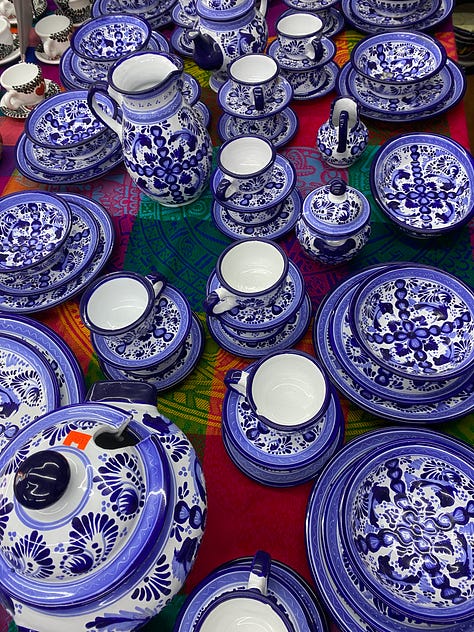





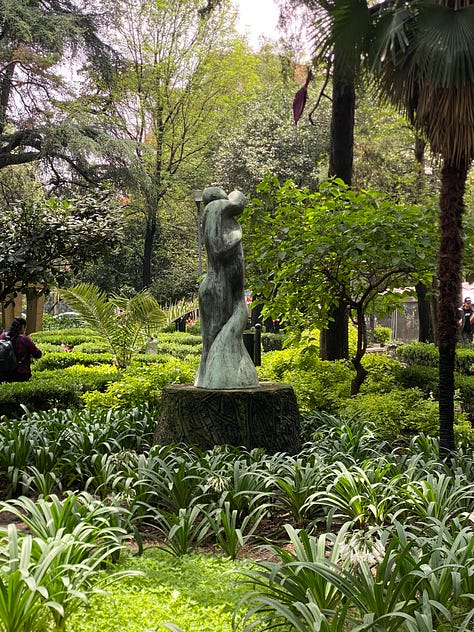



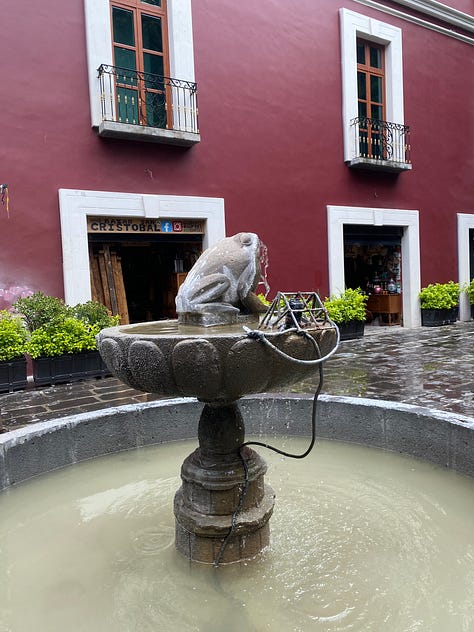


More substantively, though, I was recently chatting podcasts with a dear friend (hi, Cass!). When she asked me for my favorite episodes, I went blank—somehow, suddenly, I’ve never listened to a podcast in my life—and she suggested this could be a fun topic for a future newsletter.
Of course, I said say less and built a Spotify playlist! This is just a starting point: I added all the podcasts I’ve referenced in this newsletter, and saved a few of the episodes that made such an impression on me, I still remember what they’re about. I expect I’ll add to it over time! (Though it’s already 48 hours, so… probably already long enough to be getting on with for now. 😅)
I can’t add
’s Substack because she insists it’s not a podcast (listen to one and you’ll know what I mean), but I highly recommend subscribing and checking out her audio posts. They’re so wise, so generous, and somehow exactly what I always need to hear.lately: ARC edition!!
Heart Check ARCs are making their way into the world!! It’s totally surreal to see strangers on the internet holding this book baby of mine—it feels exactly like I imagine sending your child off to school does. My mom used to tell me, “be careful, learn lots, and have lots of fun!” whenever I went off to school, and I feel like I need to invent a similar slogan for this paper child. “I’m proud of you, be yourself, and let your people find you,” or something.
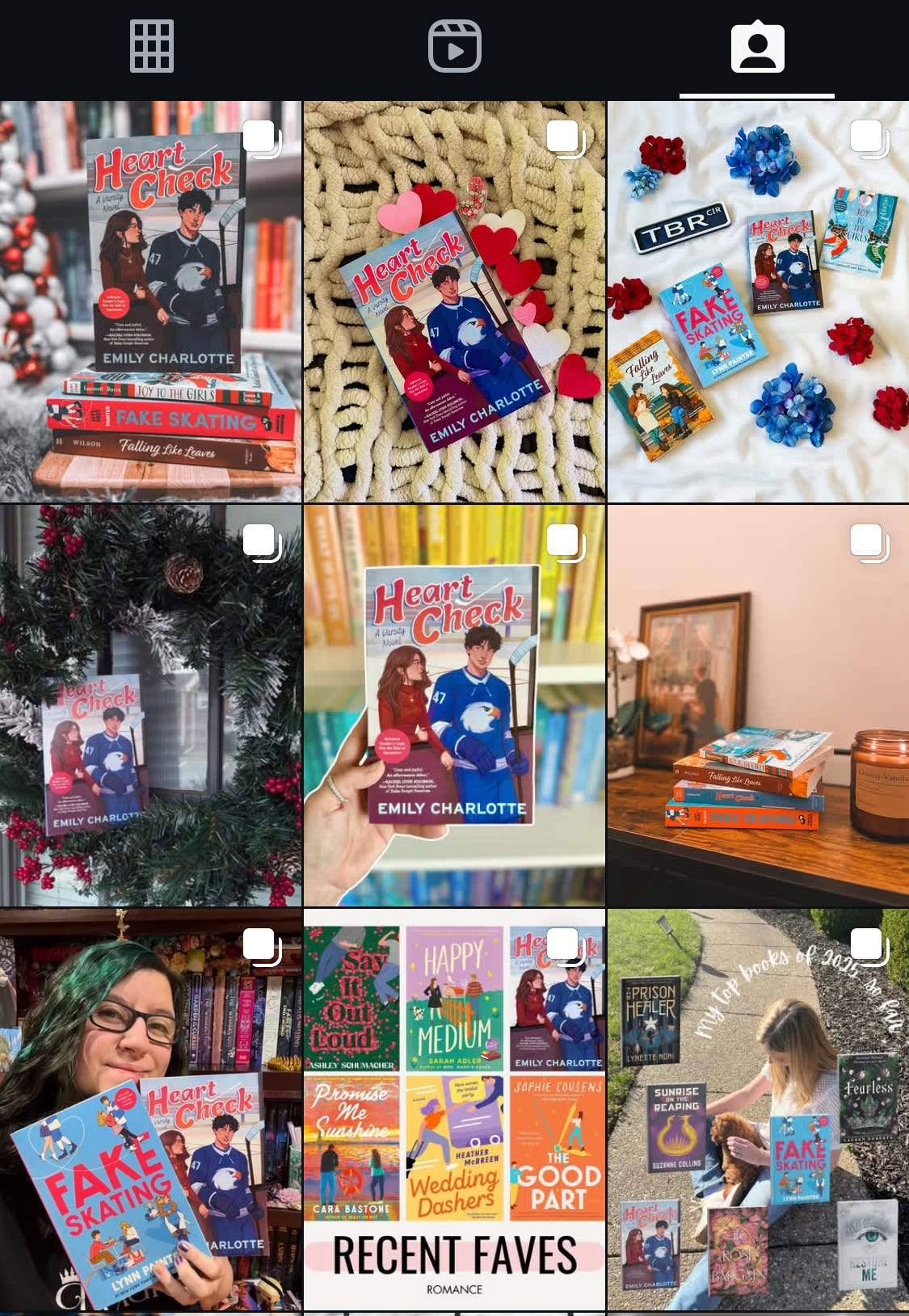
If you’re a bookstagrammer/reviewer who’s interested in being part of a little tour, the wonderful Marcela is coordinating one. She is, btw, one of the people I was thinking about when I posted this note, and the gratitude stands:
Anyway, if you’d like to be considered for the tour, you can fill out the form here! (And definitely give Marcela a follow, I love her recs and reviews!)
Finally, I’m also one of the authors participating in the Indie Bookstore Preorder Party, so Heart Check is 15% off through the weekend at participating indies! I’m so happy Mary E. Roach and Veronica Bane started this initiative to support your local indie, because those bookstores are the backbone of every writing/reading community.
If you’re moved to support my debut novel by preordering, there are tons of indies participating, but might I recommend Mysterious Galaxy or Meet Cute? (I could go on, but those are some local ones I love!!) There are also some super fun prizes up for grabs if you participate in bingo. Check out all the details on IG!
That’s all for now. I hope you’ve all had a wonderful June, that you’re looking out for yourselves and one another, and that the second half of the year brings everyone as much peace and joy as possible.
Much love always,
🤍 Emily





![Writing the Romantic Comedy: The Art of Crafting Funny Love Stories for the Screen [Book] Writing the Romantic Comedy: The Art of Crafting Funny Love Stories for the Screen [Book]](https://substackcdn.com/image/fetch/$s_!e4jM!,w_1456,c_limit,f_auto,q_auto:good,fl_progressive:steep/https%3A%2F%2Fsubstack-post-media.s3.amazonaws.com%2Fpublic%2Fimages%2F1317ac7d-8388-48cf-b5a0-8d62c390bc5b_1600x2410.jpeg)
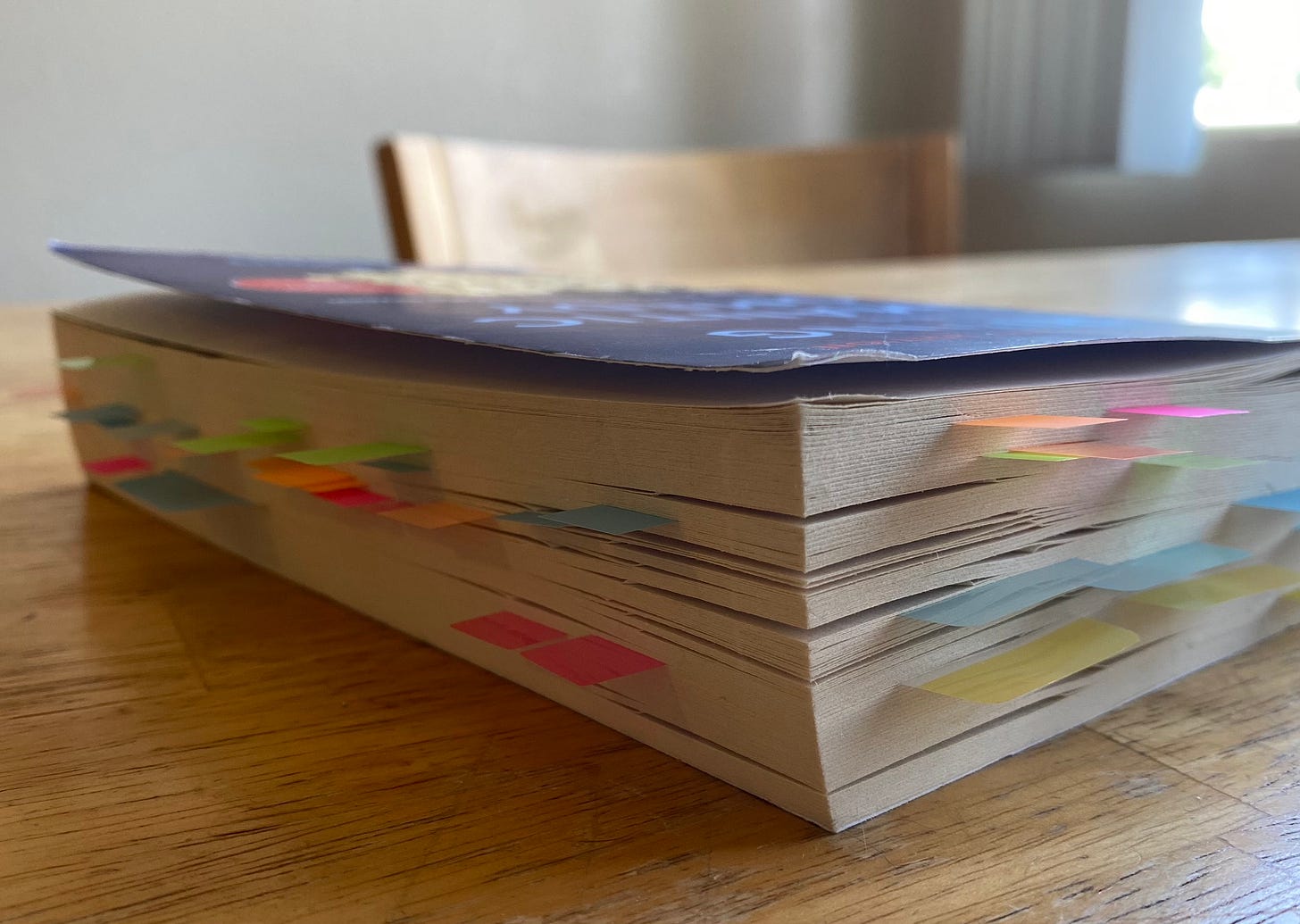

Ohhh I am absolutely buying that book! Loved your breakdown 🩷
ahahaha thank you for the incredibly kind shoutout (i laughed out loud), you are the best ily! always love reading your thoughts on romance and craft 💗💗💗